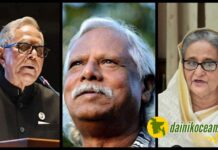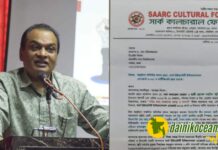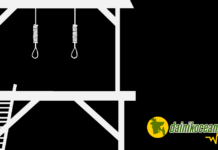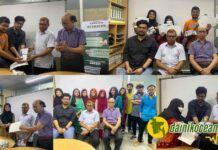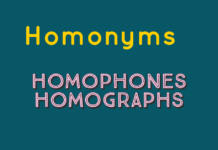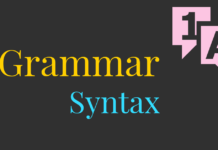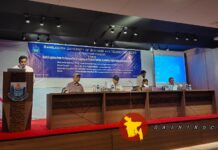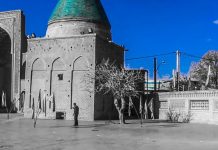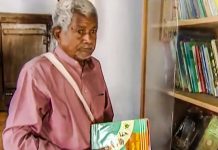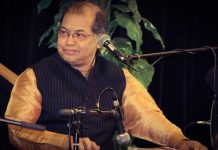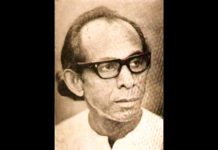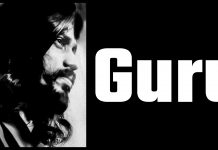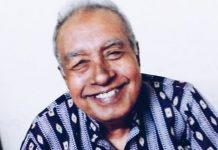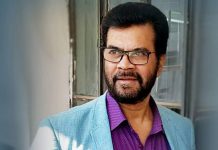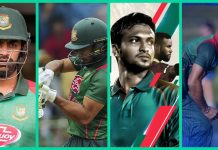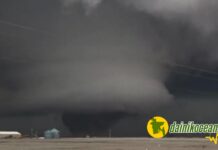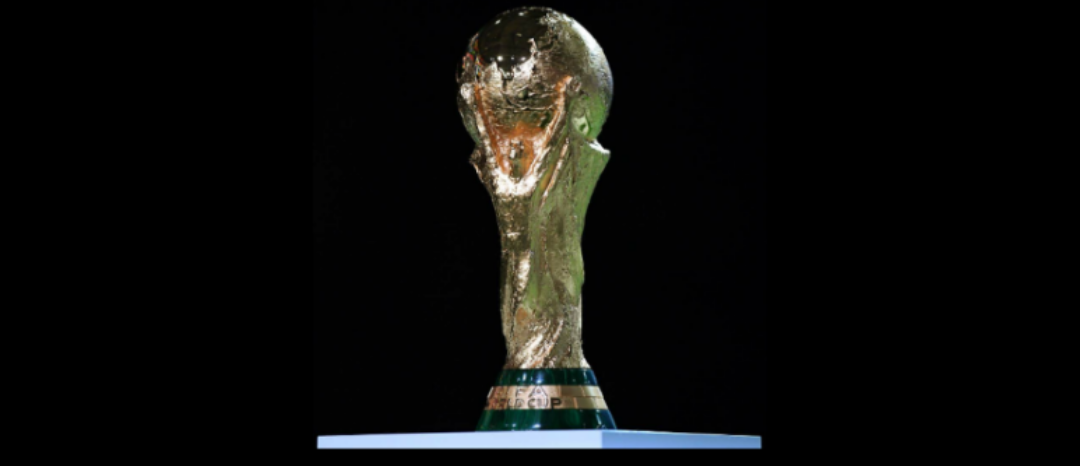Sports Desk/ SKB
The countdown has begun and the tension is arising gradually. Just a couple of hours linger to kick off the FIFA World Cup 2018. Federation International de Football Association (FIFA) is about to commence their 21st World Cup on June 14 hosted by Russia after the country was awarded the hosting rights on 2 December 2010. This will be the first World Cup held in Europe since the 2006 tournament in Germany, the first ever to be held in Eastern Europe and the eleventh time that it has been held in Europe. All of the stadium venues are in European Russia to keep travel time manageable. The bidding procedure to host the 2018 and 2022 FIFA World Cups began in January 2009, and national associations had until 2 February 2009 to register their interest. Initially, nine countries placed bids for the 2018 FIFA World Cup, but Mexico later withdrew from proceedings, and Indonesia’s bid was rejected by FIFA in February 2010 after the Indonesian government failed to submit a letter to support the bid. During the bidding process, the three remaining non-UEFA nations (Australia, Japan, and the United States) gradually withdrew from the 2018 bids, and the UEFA nations were thus ruled out of the 2022 bid. As such, there were eventually four bids for the 2018 FIFA World Cup, two of which were joint bids: England, Russia, Netherlands/Belgium, and Portugal/Spain.
The twenty-two-member FIFA Executive Committee convened in Zürich on 2 December 2010 to vote to select the hosts of both tournaments. Russia won the right to be the 2018 host in the second round of voting. The Portugal/Spain bid came second, and that from Belgium/Netherlands third. England’s bid to host its second tournament fell at the first hurdle.
The Russian government proposed 13 host cities and 16 stadiums for the tournament where 3 stadiums would be renovated, and 13 would be newly constructed. In October 2011, Russia decreased the number of stadiums from 16 to 14. Construction of the proposed Podolsk stadium in the Moscow region was cancelled by the regional government, and also in the capital, Otkrytiye Arena was competing with Dynamo Stadium over which would be constructed first. The final choice of host cities was announced on 29 September 2012. The number of cities was further reduced to 11 and number of stadiums to 12 as Krasnodar and Yaroslavl were dropped from the final list. Of the 12 stadiums used for the tournament, 3 (Luzhniki, Yekaterinburg and Sochi) have been extensively renovated and the other 9 stadiums to be used are brand new. Of the 12 venues used, the Luzhniki Stadium in Moscow and the Saint Petersburg Stadium (the two largest stadiums in Russia) will be used most, with 7 matches being played at each of these stadiums. Sochi, Kazan, Nizhny Novgorod and Samara will host 6 matches including one quarter-final match apiece, and the Otkrytiye Stadium in Moscow and Rostov-on-Don will host 5 matches apiece including one round of 16 matches each. Volgograd, Kaliningrad, Yekaterinburg, and Saransk will host 4 matches each and none of these cities will host any knockout stage games.
The Russian government earmarked a budget of around $20 billion which was later slashed to $10 billion for the preparations of the World Cup, of which half is spent on transport infrastructure. As part of the program for preparation to the 2018 FIFA World Cup, a federal sub-program “Construction and Renovation of Transport Infrastructure” was implemented with a total budget of 352.5 billion rubles, with 170.3 billion coming from the federal budget, 35.1 billion from regional budgets, and 147.1 billion from investors. The biggest item of federal spending was the aviation infrastructure (117.8 billion rubles). Construction of new hotels was a crucial area of infrastructure development in the World Cup host cities. Platov International Airport in Rostov-on-Don was upgraded with automated air traffic control systems, modern surveillance, navigation, communication, control, and meteorological support systems. Koltsovo Airport in Yekaterinburg was upgraded with radio-engineering tools for flight operation and received its second runway strip. Saransk Airport received a new navigation system; the city also got two new hotels, Mercure Saransk Centre and Four Points by Sheraton Saransk as well as few other smaller accommodation facilities. In Samara, new tram lines were laid. Khrabrovo Airport in Kaliningrad was upgraded with radio navigation and weather equipment. Renovation and upgrade of radio-engineering tools for flight operation was completed in the airports of Moscow, Saint Petersburg, Volgograd, Samara, Yekaterinburg, Kazan and Sochi.
For the fans around the world, the host nation has arranged all sorts of facilities for their comfort. Fans arriving for the 2018 FIFA World Cup carrying a ticket and a FAN ID can access free-of-charge railway link to the host city. This service will be provided by additional trains. Free travel by special additional trains to host cities during the World Cup will be available to spectators carrying tickets, or documents confirming their right to obtain tickets, and a FAN ID. Fans carrying a ticket and a FAN ID will be able to use public transport in host cities free of charge on game days.
The tournament like FIFA World Cup is literally incomplete without the selfless hard labor of the volunteers. The 2018 FIFA World Cup Russia Volunteer Program has set a new record: by 30 December 2016 when application period was over, the organizers received about 177,000 applications. The 2018 FIFA World Cup will engage a total of 17,040 volunteers and more than 18,000 city volunteers in the 11 host cities. They received training at 15 Volunteer Centers of the Local Organizing Committee based in 15 universities, and in Volunteer Centers in the host cities. Preference, especially in the key areas, is given to those with knowledge of foreign languages and volunteering experience. Volunteers can be nationals of Russia or any other countries.
‘Mascot’ has become a tradition in World Cup tournament. The literal meaning of the word ‘Mascot’ suggests a kind of lucky charm or good luck. The official Mascot for this year’s World Cup was unveiled 21 October 2016, and selected through a design competition among university students. A public vote was used to select from three finalists—a cat, a tiger, and a wolf. The winner, with 53% of approximately 1 million votes, was ‘Zabivaka’—an anthropomorphic wolf dressed in the colors of the Russian national team. Zabivaka’s name is derived from the Russian word забива́ть, ‘to strike’, and his official background story states that he is an aspiring football player who is “charming, confident and social.”
The game football is inadequate without a ‘football’. FIFA has been organizing the tournament since 1930 and on its every tournament a new ball has been being selected. The official match ball of the 2018 World Cup is called ‘Telstar 18’ designed by Adidas and is based on the name and design of the first Adidas World Cup ball from 1970. It was introduced on 9 November 2017.
For the first time in the history of the FIFA World Cup, all eligible nations – the 209 FIFA member associations minus automatically qualified hosts Russia – entered the qualifying process. Zimbabwe and Indonesia were later disqualified before playing their first matches, while Gibraltar and Kosovo, who joined FIFA on 13 May 2016 after the qualifying draw but before European qualifying had begun, also entered the competition. Places in the tournament were allocated to continental confederations, with the allocation unchanged from the 2014 World Cup. The first qualification game began in Dili, Timor Leste, on 12 March 2015 as part of the AFC’s qualification, and the main qualifying draw took place at the Konstantinovsky Palace in Strelna, Saint Petersburg on 25 July 2015. The final tournament will involve 32 national teams, which include 31 teams determined through qualifying competitions and the automatically qualified host team. Of the thirty-two nations qualified to play at the 2018 FIFA World Cup, twenty countries competed at the previous edition of the tournament in 2014. Both Iceland and Panama qualified for the first time, with the former becoming the smallest country in terms of population to reach the World Cup. Other teams returning after absences of at least three tournaments include: Egypt, returning to the finals after a 28-year absence from their last appearance in 1990; Morocco, who last competed in 1998; Peru, returning after a 36-year absence (since 1982); and Senegal, competing for the second time after reaching the quarter-finals in 2002. It is the first time three Nordic countries (Denmark, Iceland and Sweden) and four Arab nations (Egypt, Morocco, Saudi Arabia and Tunisia) have qualified for the World Cup.
Notable countries that failed to qualify include four-time champions Italy (for the first time since 1958) and three-time runner-up the Netherlands (for the first time since 2002), and four reigning continental champions: 2017 Africa Cup of Nations winner Cameroon, two-time Copa América champion and 2017 Confederations Cup runner-up Chile, 2016 OFC Nations Cup winner New Zealand, and 2017 CONCACAF Gold Cup champion United States (for the first time since 1986). The other notable qualifying streaks broken were for Ghana and Ivory Coast, who had both made the previous three tournaments.
The entire world will bat their eyes on the dual competition between two great players of the current era—Lionel Messi and Cristiano Ronaldo. Brazil’s sensation Neymar Jr is holding the third place in the line. The world is about to witness whether Messi or Ronaldo be able to give their nation the desired glory or will it be Neymar to intense the Samba’s glory further and the wait is just a couple of hours.
Pic: Fifa

